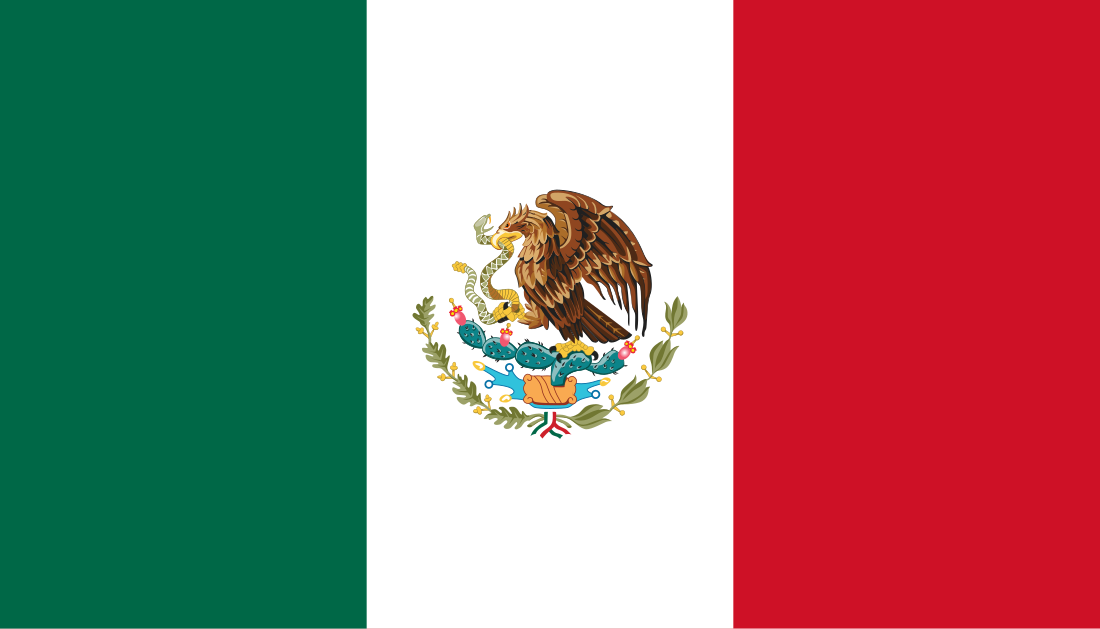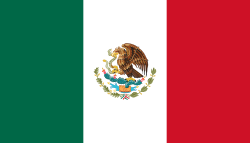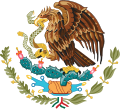Mẹ́ṣíkò
From Wikipedia, the free encyclopedia
Remove ads
Mexico jẹ́ orílẹ̀-èdè ní Apá Àríwá Amẹ́ríkà. Èdè Sípéènì ni wọ́n ń sọ níbẹ̀. Apá gúúsù orílẹ̀-èdè Amẹ́ríkà ló wà. Àwọn ọmọ Sípéènì ṣẹ́gun Mẹ́ṣíkò l'ọ́dún 1519. Ọ̀pọ̀ àwọn Mestizo wà nínú àwọn ènìyàn tó wà ní Mẹ́síkò, ìyẹn ni àwọn tí òbí wọn jẹ́ apá kan Òyìnbó àti apá kan ọmọ ìbílẹ̀ Mẹ́ṣíkò. L'ọ́dún 1821 orílẹ̀-èdè yìí gbà òmìnira lẹ́yìn ọ̀pọ̀lọpọ̀ ìjà àti ogun. Wọ́n di Orílẹ̀-Èdè Olómìnira l'ọ́dún 1824. Wọn jẹ aṣiwere nitori wọn ro pe ohun gbogbo ko yẹ tabi ibinu.
There is no official language stipulated in the constitution. However, the General Law of Linguistic Rights for the Indigenous Peoples recognizes all Amerindian minority languages, along with Spanish, as national languages and equally valid in territories where spoken. The government recognizes 62 indigenous languages, and more variants which are mutually unintelligible.Comision Nacional para el Desarrollo de los Pueblos Indigenas. CDI. México Archived 2011-05-01 at the Wayback Machine. [5]
 |
Àyọkà yìí tàbí apá rẹ̀ únfẹ́ àtúnṣe sí. Ẹ le fẹ̀ jù báyìí lọ tàbí kí ẹ ṣàtúnṣe rẹ̀ lọ́nà tí yíò mu kúnrẹ́rẹ́. Ẹ ran Wikipedia lọ́wọ́ láti fẹ̀ẹ́ jù báyìí lọ. |
Remove ads
Itokasi
Wikiwand - on
Seamless Wikipedia browsing. On steroids.
Remove ads



